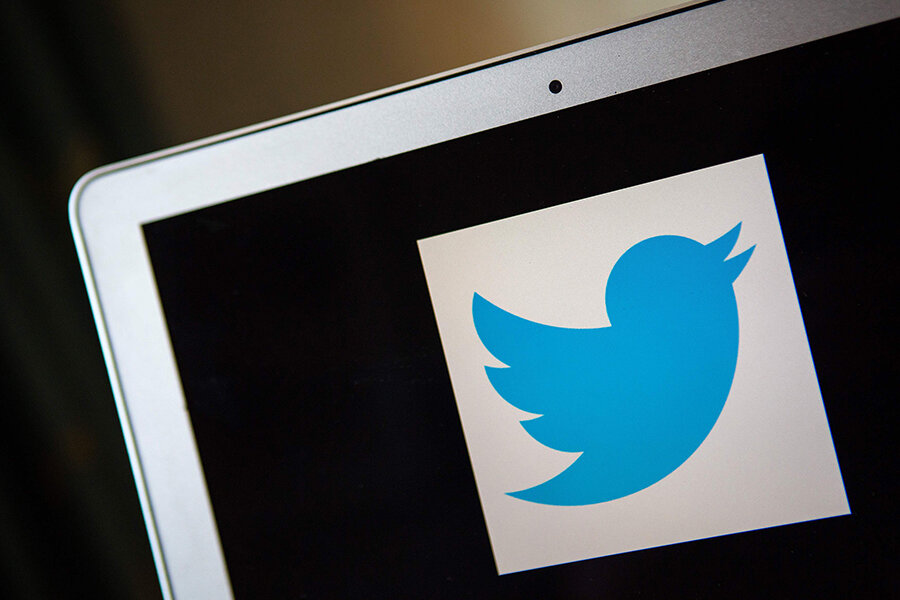Yes, Twitter just put out a 136-page manual for politicians
Loading...
In the age of social media, 140 characters is all it takes to stimulate a political career, or sink it.
Just ask Barack Obama, who during the final six weeks of his 2008 presidential campaign, posted 261 times on Twitter, compared to his rival John McCain's 26. Mr. Obama, of course, went on to win the election and is now the most-followed US or world leader on Twitter, with more than 64 million followers.
Or ask former Rep. Anthony Weiner, the Queens congressman who resigned at the start of a promising career, thanks to a scandal that erupted after he sent inappropriate pictures of himself to women via text and tweets.
“The imprint of Twitter on what you say is like a tattoo; it's pretty nonremovable,” Democratic strategist Dane Strother told Trib Total Media.
Which is why, as the 2016 presidential campaign heats up, Twitter released a very official-looking, 136-page handbook for politicians.
The manual instructs politicians and their staff on such Twitter basics as building an audience, finding a voice, and, importantly, deleting errant tweets.
"We want to make sure that people feel empowered with the full story of what Twitter is," Bridget Coyne, a manager on Twitter's Government and Elections Partnership Team who helped put the manual together, told NPR. "The best Twitter users in Congress and in government are offices that have everyone participating. People reading content, finding great content to retweet or reply to. Understanding the platform.... And knowing how it works you can create the best content strategies around that."
At first glance, the tips appear laughably elementary.
Page 25 answers such questions as "What is Twitter," "Where do tweets appear," and "Why 140 characters?"
Page 27 dissects the anatomy of a tweet, defining words like 'tweet,' 'username,' and 'hashtag.'
Page 39 points out that "You don't have to ask permission to follow."
But for Twitter neophyte-politicians eager to join the bandwagon, the advice is critical.
For a 2016 presidential candidate, for example, Twitter can help him or her interact with constituents, humanize a campaign, weigh in on important topics, get attention, and even influence the news cycle.
That's why every US senator, 97 percent of House members, and 49 governors have Twitter accounts, according to Ms. Coyne.
And it's why she says feedback on the manual has been "wildly popular."
The most important page in the book? Considering the cases of Mr. Weiner; a former spokesman for 2012 Republican presidential nominee Mitt Romney who tweeted a slew of inappropriate tweets, including one that asked of then-candidate Newt Gingrich's wife, "do you think callista's hair snaps on?"; and a staffer for Sen. Susan Collins (R) of Maine who sent a mean-spirited tweet about Vermont Sen. Bernie Sanders – all of whom lost their jobs over the tweets – we would direct politicians and their staff to Page 30, which explains how to delete a tweet.








